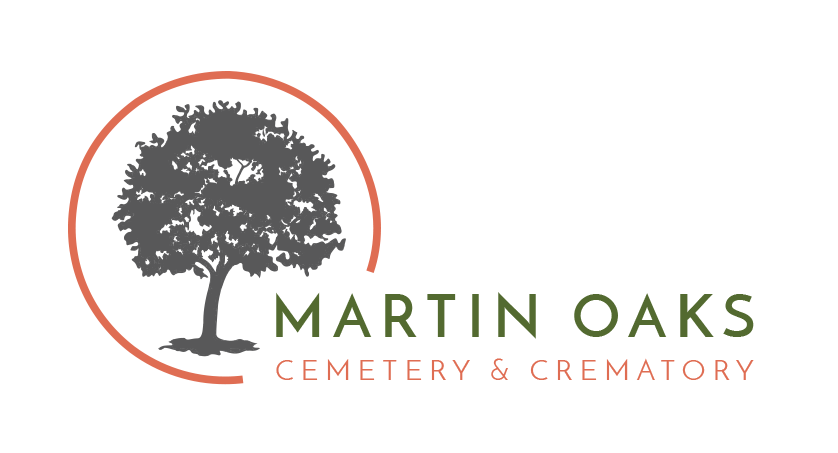Cremation versus Burial. Or Both?
An expansive Columbarium at the Diamond Hill Urn Cemetery, Tsz Wan Shan, Kowloon, Hong Kong SAR, China, photo credit L. Stuart, Jr. 2013.
People choose cremation over burial for a variety of personal, cultural, and practical reasons but it isn’t surprising that many people choose both. Yes, you can bury cremated remains in a cemetery plot with a headstone and graveside ceremony if desired. Here are the top five reasons why people opt for cremation—
Flexibility—Cremation is a choice that offers a remarkable degree of flexibility when it comes to memorializing a loved one. Cremated remains, often referred to as "ashes," can be preserved in various ways, such as in decorative urns, scattered in a meaningful location, divided among family members, or even incorporated into keepsakes like jewelry or art. This adaptability allows families to create a highly personalized and unique tribute to the deceased, tailoring the memorial to their specific wishes and honoring the person in a manner that holds the most significance to them.
Cost-Efficiency—Although money is not the #1 reason people choose cremation (it’s all about personal preference) cost considerations still play a significant role in the decision-making process when it comes to end-of-life arrangements. Ranked as the second reason, cremation is often chosen for its cost-effectiveness. In comparison to traditional burial, it eliminates the absolute necessity for expensive items such as caskets, burial vaults, and ongoing cemetery maintenance. Even if one chooses to bury the cremated remains of their loved one, urn plots or niches in a columbarium can be far more affordable. For many families, this financial relief is a pivotal factor, particularly in a world where funeral expenses can be an unexpected burden.
Environmental Concerns—Increasing awareness about the environmental impact of traditional burial practices has led to a growing preference for cremation. Many people are concerned about the production of non-biodegradable caskets, and the long-term land use involved in conventional burials. Cremation is often perceived as a more eco-friendly alternative, although it's essential to note that it has its own environmental considerations, such as energy consumption and the carbon footprint associated with the cremation process.
Space Considerations—In areas where available cemetery space is limited, cremation can be an attractive choice. Traditional burial typically requires a designated burial plot, and as urbanization continues to encroach on available land, the scarcity of such spaces can be a genuine concern. Cremation addresses this issue by not necessitating a traditional burial plot, which can be a practical solution for families who wish to honor their loved ones in densely populated regions. In some cemeteries, there are multi-storied columbaria housing 1,000s of cremated remains taking far less space than traditional grave plots.
Simplicity and Speed—Cremation is a relatively straightforward and expedited process compared to traditional burial. The entire procedure, from the time of death to the memorial service, can often occur more quickly with cremation. Families who opt for this method can hold memorial services and gatherings in a timely manner, providing them with the opportunity to begin the grieving process without unnecessary delays, which can be of great comfort during a difficult period and cremated remains can be interred in a cemetery urn plot anytime after the cremation and ceremonies have taken place.
Ultimately, the choice between cremation and burial is deeply personal, influenced by individual beliefs, cultural or religious traditions, and familial preferences. Some individuals may even choose to cremate AND bury or a combination of both methods, keeping a portion of the cremated remains while interring the rest in a cemetery plot or columbarium.

